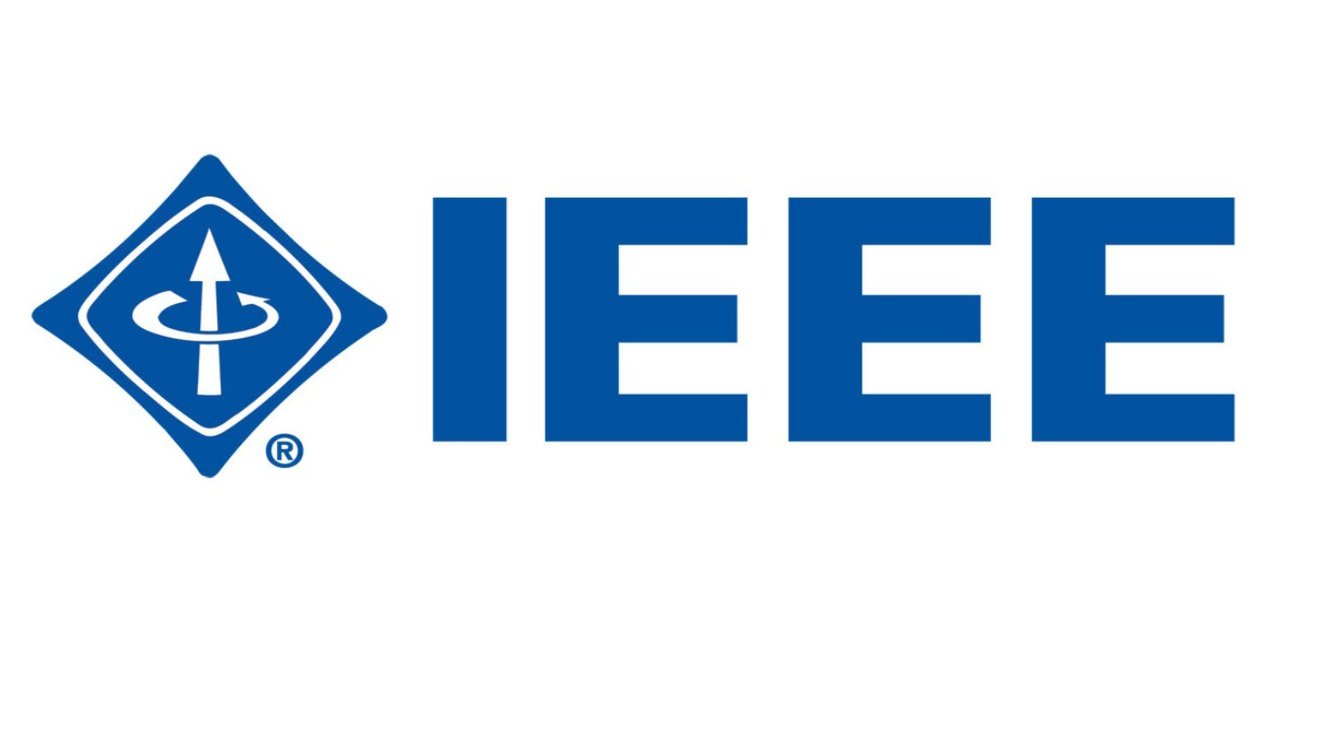
MTCNN in Machine Learning
Introduction
Face detection plays a vital role in computer vision, and MTCNN (Multi-task Cascaded Convolutional Networks) is one of the most effective and widely adopted techniques for this purpose. In this blog, we will explore how MTCNN works, its use cases, technical workflow, advantages, limitations, and the tools that support its implementation. Whether you’re a student, a researcher, or a machine learning engineer, understanding MTCNN will enhance your understanding of how facial data is processed in real time with high accuracy.
Understanding the Basics of MTCNN
MTCNN is a deep learning-based face detection algorithm that combines detection and alignment in a single pipeline. It is designed to locate faces in an image and identify facial landmarks such as eyes, nose, and mouth.
1.P-Net (Proposal Network) – quickly generates candidate windows
2.R-Net (Refine Network) – refines the candidates
3.O-Net (Output Network) – performs final detection and landmark localization
This multi-stage approach ensures high precision and robustness, even under varied lighting, orientation, and occlusion conditions.
Applications of MTCNN in Real-World Scenarios
1.Face Recognition Systems: For initial face localization before recognition
2.Smartphone Cameras: Face focus, beautification, and unlock features
3. Security and Surveillance: Monitoring and tracking individuals in public spaces
4. E-learning & Attendance Systems: Auto face detection for attendance validation
Technical Workflow of MTCNN Algorithm
1.P-Net (Proposal Network): Scans the image at multiple scales and generates face candidates.
2.R-Net (Refine Network): Eliminates false positives and refines bounding boxes.
3.O-Net (Output Network): Provides the final bounding boxes and detects five facial landmarks (eyes, nose, and mouth corners).
Advantages and Limitations of MTCNN
Advantages
1.High Accuracy in face detection and landmark localization
2.Works well in varied conditions: Different poses, occlusion, and lighting
3.End-to-end pipeline: Combines detection and alignment in one model
4.Efficient for real-time applications
Limitations
1.Heavy computational load on limited hardware (especially mobile devices)
2.Not ideal for crowded scenes with tiny or overlapping faces
3.Requires GPU or optimized libraries for best performance
Tools and Technologies Supporting MTCNN
Popular Tools:
1.Python (using TensorFlow or PyTorch) – Most common implementation
2.Facenet-Pytorch – A popular pre-trained PyTorch version of MTCNN
3.OpenCV – Can integrate with MTCNN for image processing
4.Keras – Custom implementations using CNN layers
5.ONNX Runtime – For deploying across platforms including edge devices
These tools allow MTCNN to be deployed in apps, web platforms, surveillance systems, and even on embedded systems like Raspberry Pi or NVIDIA Jetson Nano.
MTCNN remains one of the most accurate and dependable algorithms for face detection and facial landmark recognition. Its multi-stage CNN architecture, real-time performance, and ability to localize key facial points make it a favorite in both research and commercial applications.



